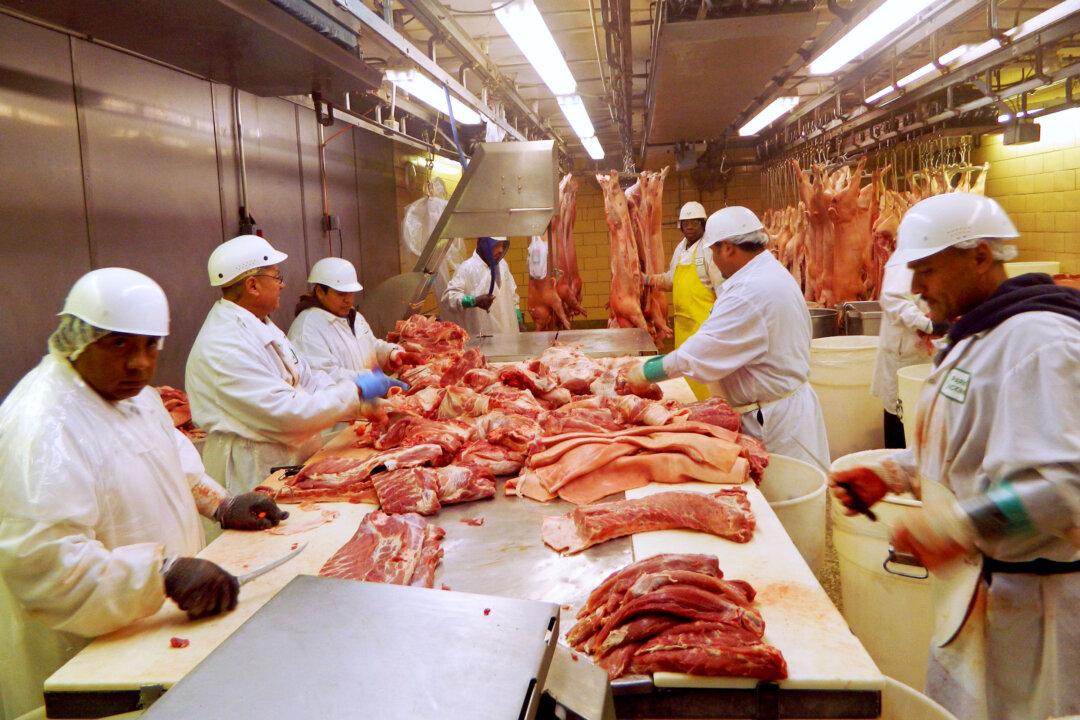News Analysis
Combined U.S. pork, beef and poultry supplies are running much higher than a year ago as American agriculture responds to booming increases in domestic and China demand.

Combined U.S. pork, beef and poultry supplies are running much higher than a year ago as American agriculture responds to booming increases in domestic and China demand.